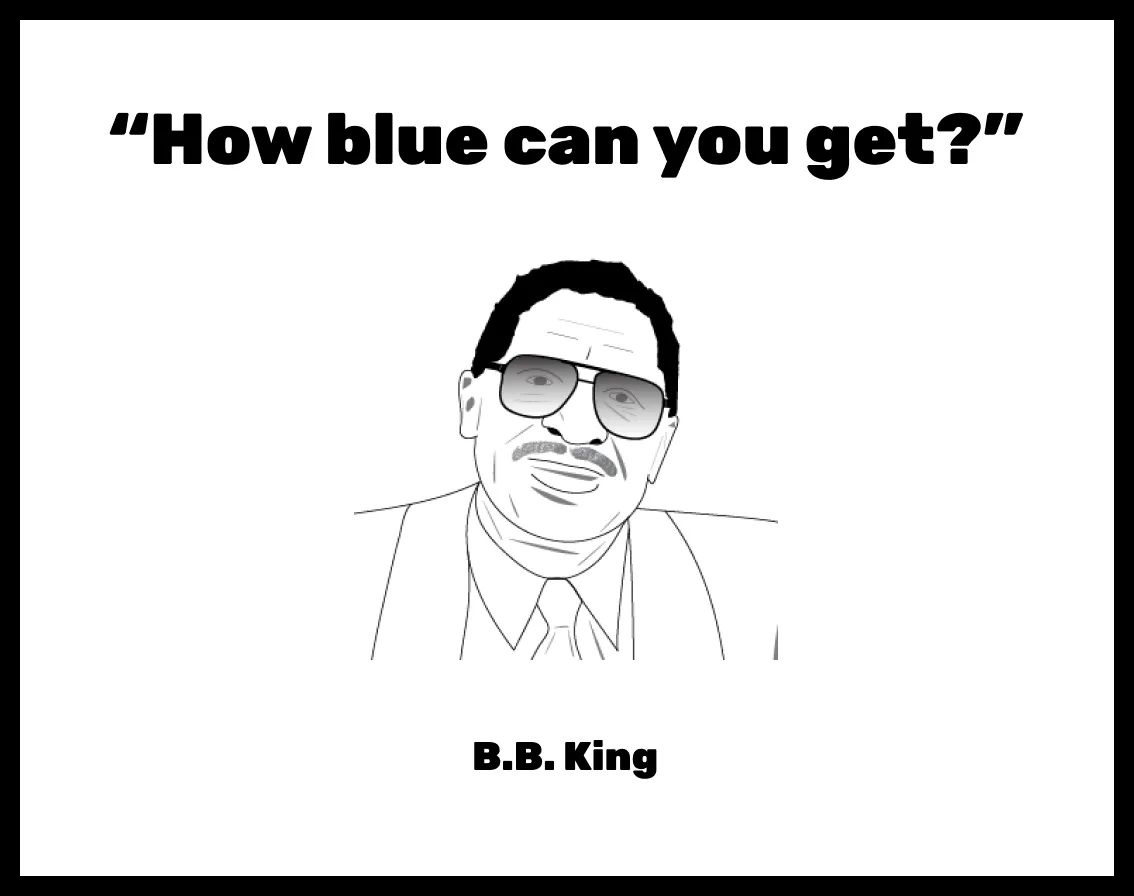If you’ve read any product or UX books—or if you’ve ever hired product or design folks—you’re probably familiar with the typical linear process for building the “right” product. It goes something like this:

good practices, sure, reality it’s not
It’s a comforting formula, and on the surface, it makes product development seem like a predictable, step-by-step process. I’ve seen this approach in countless design interviews and product presentations, and it always leaves me scratching my head, since it feels like a cover for the messy realities of building software. Sure, these are helpful practices to use along the way, but the problem is that this method is often sold as the way to success. The issue is that this mindset overlooks the layers of complexity involved in not just building software, but also shipping software that’s actually useful and valuable (not to mention hitting the right timing for the market). In reality, most successful products and innovation aren’t built from a foolproof formula—they come from tinkering, experimentation, and navigating the unknown. Success usually boils down to risk-taking, persistence, randomness, timing, and yes—plain luck. So why treat this linear process like orthodoxy?
That’s why I see building as nonlinear—more like a blues song, constantly evolving, full of improvisation, and never really finished. That is the way. Design, to me, sits at the intersection of technology and the humanities, and one of the greats I’ve learned from in the humanities is the King of Blues, B.B. King. Here’s why:
Lessons from the King of Blues
Ever listen to a blues album? It’s a never-ending cycle of love and heartbreak:

Sound familiar? That’s product development. You start with a vision, fall in love with an idea, and soon find yourself navigating unexpected twists, turns, and letdowns. But that’s part of the uncertain path—you’re not alone. We’re all singing the blues in one way or another.
If we agree that building software is a nonlinear endeavor, then let’s take a look at the lessons the blues can teach us:
Lesson 1: Take Risks
Starting a new project feels like being at the bus station with just $5 in your pocket, staring at a board of unknown destinations. The blues teaches us to take that risk, buy the ticket, and see where it leads. You might find your sweet baby, or you might end up in a town full of heartache—but you won’t know unless you jump on the bus.
Lesson 2: Embrace the Love of Problem, not the Solution
Blues is all about falling in love with the problem—whether it’s a “bad case of love” or your baby leaving you. It’s that persistent, gnawing, and sometimes painful understanding of the problem you’re trying to solve. The blues reminds us that this is where the focus belongs. Falling in love with the solution will only bring heartache. There are plenty of notes to play to address the problem, but always just one problem to solve.
Lesson 3: Feel the Pain
You’ve poured your soul into the product, done the research, followed the formula—and still, nothing. The blues doesn’t follow formulas; it’s about feeling your way through, learning from failure, and improvising along the way. Pain is part of the game, and the sooner you embrace it, the sooner you grow.
Lesson 4: Joy is Fleeting
Sometimes, the stars align, and you hit that jackpot. Users love your product; you’ve found your sweet spot. But just like in the blues, that joy can be fleeting. The thrill fades, users leave to another, or they stick around but aren’t happy anymore. The blues teaches us to accept that joy is temporary, but the show must go on.
Lesson 5: The Thrill Is Gone – Who Cares, Keep Playing Iterating
The thrill might be gone, but the building isn’t over. You’ve felt the highs and lows, and no matter how many shiny features you roll out, there’s always another challenge ahead. Iterating a product is like a blues ballad—raw, unpredictable, and never really finished. And that’s where the magic happens, as long as you keep the train moving.
Lesson 6: Trust Your Intuition
In both the blues and product development, intuition is key. The best blues musicians, like B.B. King (who famously couldn’t play chords), he didn’t follow rigid rules—he felt his way through each note, trusting his gut. Similarly, real product innovation isn’t just about following user feedback or relying solely on research and data. It’s about trusting your intuition to guide you when logic and data can’t provide all the answers. At Sentry.io, we embrace this approach—balancing data with instinct when needed to find the best way forward. (more on intuition in another blog.)

In summary, my protest isn’t against the practices of the all-too-familiar linear process; it’s against the false illusion created that a linear set of steps will produce predictable results. At worst, this belief can mislead teams or prevent them from accepting the reality that innovation thrives when you step outside the confines of convention. Blues is the way.
So, next time you’re deep in work, consider asking yourself: “How blue can you get?” Because if you’re not embracing the improvisation, setbacks, and uncertainty, you might just be missing what building is really all about…
Thoughts? Have a blues story of your own, or maybe a different perspective? I’d love to hear it. Drop me a line at kyle.mann@sentry.io.
